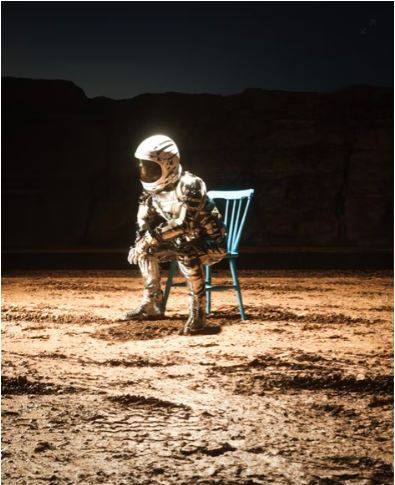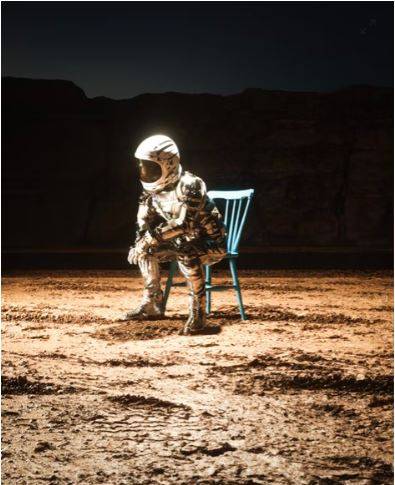NASA plans to transmit data to a part of the Milky Way galaxy that it believes is most likely to harbor other civilizations, providing them with information about the location of the solar system within the galaxy, specifically Earth. The data will include digital images of the solar system and Earth’s surface, its inhabitants, both male and female, as well as the biochemical composition of life on Earth, alongside fundamental mathematical and physical calculations aimed at establishing a future "cosmic communication" method. However, this step "could unintentionally lead to an alien invasion of Earth," according to scientists from the University of Oxford in a message they titled "Beacon In The Galaxy," which, as reported by "Al Arabiya.net" from the British newspaper "The Telegraph," is an updated version of a message known as the Arecibo Message. This earlier message, broadcast in 1974 via radio waves from a radio telescope in Puerto Rico, represented the first serious attempt to communicate with extraterrestrial beings.
The message, which traveled at the speed of light (approximately 300,000 kilometers per second), contained simple information about humanity and Earth, with an estimated arrival time of 25,000 years to a region in the Milky Way known as Messier 13, which is rich with millions of stars. There is hope that one or more of these stars may have planets that host life similar to that on Earth. However, NASA, which does not plan to send the same message, proposes to send a new one using the world's largest radio telescope, a spherical telescope with a diameter of 500 meters located in China, along with a group of Allen telescopes belonging to the SETI Institute in northern California. This new message would also take 25,000 years to reach its destination, and if detected by an advanced civilization, Earth would then wait the same amount of time for a response, whether peaceful or hostile, according to the implications of warnings issued.
In the warning message, one of the scientists, Swedish researcher Anders Sandberg, active at the Future of Humanity Institute at Oxford University and known internationally, stated that "sharing such information poses a risk, despite the extremely slim chance of it reaching an alien civilization. But given the significant impact of sending it, it truly needs to be taken seriously." Another forewarning individual, his colleague at the same institute, Dr. Toby Ord, also an Australian researcher focused on futurism, presented similar arguments in a book he authored two years ago titled "The Precipice," where he analyzed existential risks and the future of humanity, explaining that "the main question is about the ratio of peaceful civilizations compared to hostile civilizations" should they exist in space.




